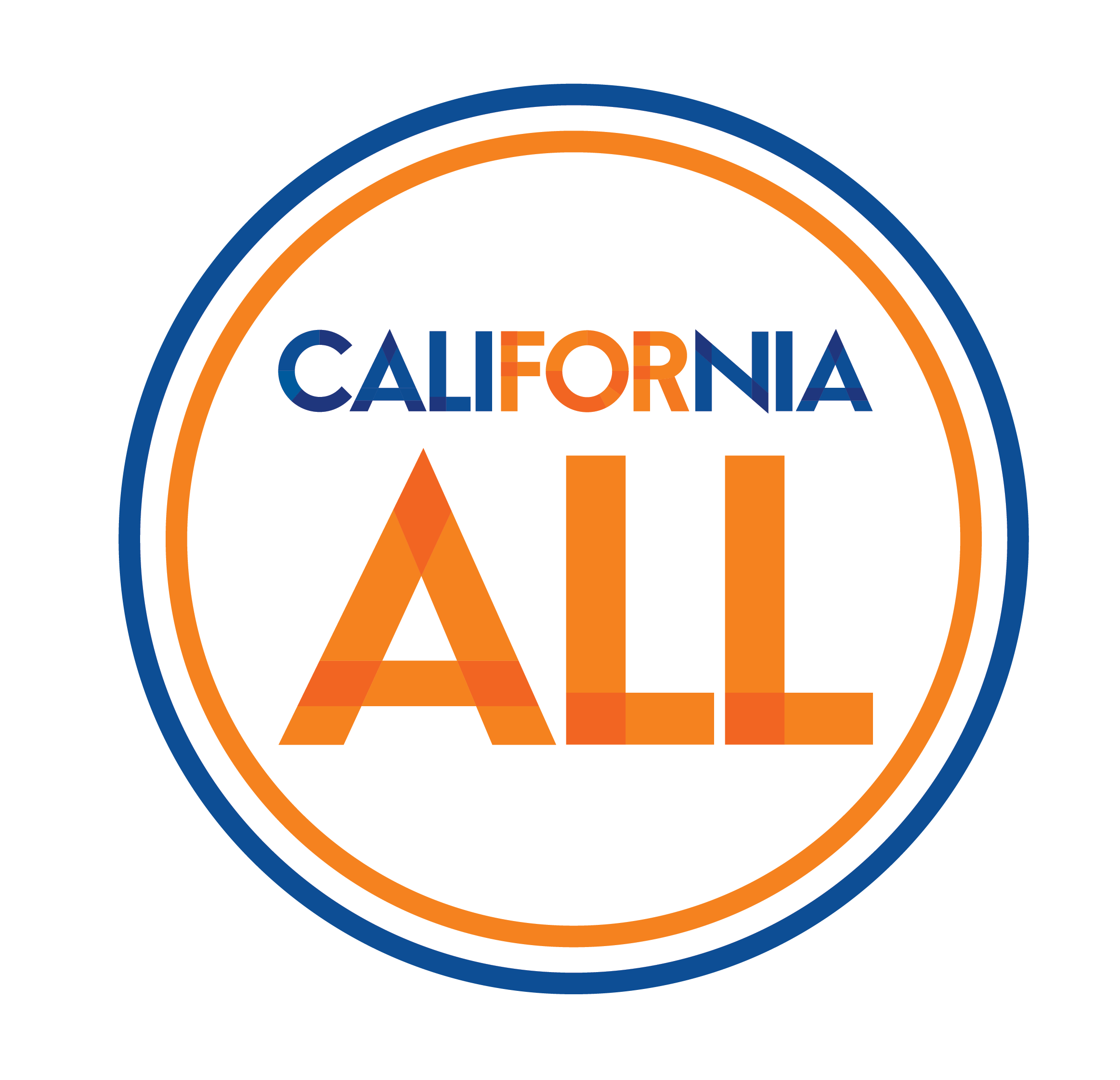Why am I being warned about potential exposure to chemicals at service stations and vehicle-repair facilities?
- Some chemicals at service stations and vehicle-repair facilities are on the Proposition 65 list because they can cause cancer and/or birth defects or other reproductive harm.
- Proposition 65 requires businesses to determine if they must provide a warning about exposure to listed chemicals.
Service stations and vehicle-repair facilities can expose you to chemicals on the Proposition 65 list when motor vehicles are being fueled, serviced, or repaired.
Examples of chemicals on the Proposition 65 list you may be exposed to at service stations and vehicle-repair facilities include:
- Benzene. This chemical is present in gasoline and released during fuel combustion. Gasoline vapors containing benzene can enter the air during refueling when the vehicle’s gas cap is removed, if fuel is spilled on the ground, or if a gasoline pump’s vapor-recovery system is not functioning properly.
- Carbon monoxide. This gas is formed during the combustion of gasoline and other fuels.
- Exhaust from diesel and gasoline engines, which contains a mixture of chemicals.
How does exposure to chemicals at service stations and vehicle-repair facilities occur?
Image
- During pregnancy, some chemicals found at service stations and vehicle-repair facilities can pass from mother to baby.
How can I reduce my exposure to chemicals at service stations and vehicle-repair facilities?
- Stay no longer than necessary at service stations, as engine exhaust and gasoline vapors are likely to be in the air. Stay out of work areas while at vehicle-repair facilities.
- When refueling your vehicle:
- Stand a few steps away from the nozzle to reduce exposure to any vapors that might be released into the air.
- Do not “top off” your vehicle after the fuel pump shuts off automatically, as this will release vapors into the air.
- After refueling, make sure the gas cap for your fuel tank is fully closed. Instructions for properly closing the gas cap are often found on or near the cap.
- If gasoline gets on your clothing, remove the contaminated item as soon as possible. Wash your hands and areas of skin that may have come into contact with the gasoline.
For more information:
General Fact Sheets and Resources
- US Department of Health and Human Services (HHS)
- Agency for Toxic Substances and Disease Registry (ATSDR)
- California Environmental Protection Agency (CalEPA)
- California Air Resource Board (CARB)
Proposition 65
- California Environmental Protection Agency (CalEPA)
Office of Environmental Health Hazard Assessment (OEHHA)- Proposition 65: Background
- Proposition 65: The List of Chemicals
- Proposition 65: Fact Sheets
Related Chemical(s)
Related Product or Place
References
Product/Place



